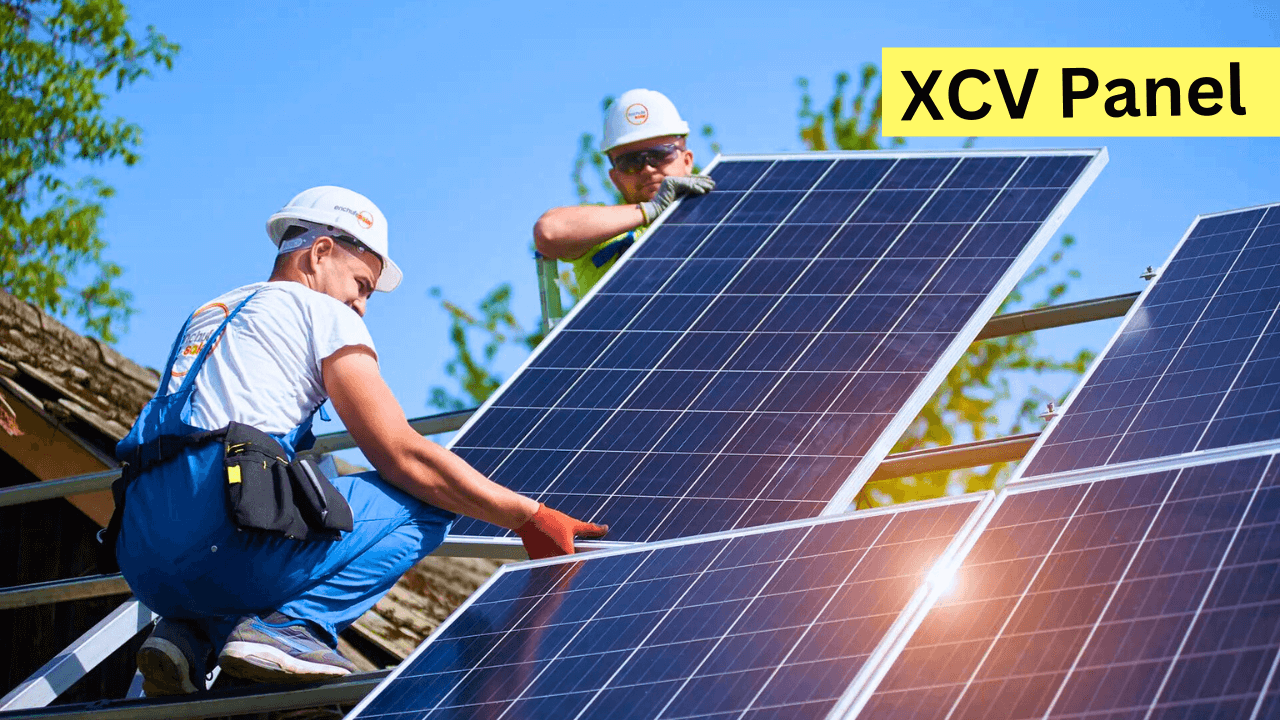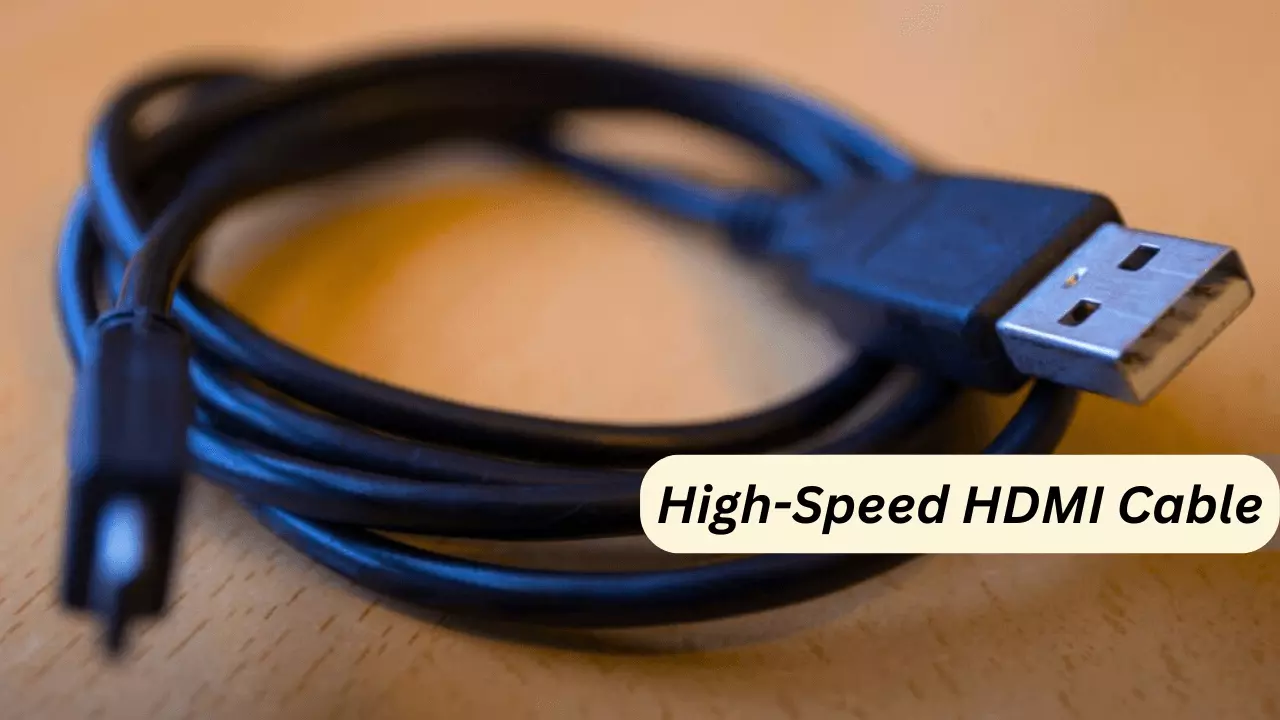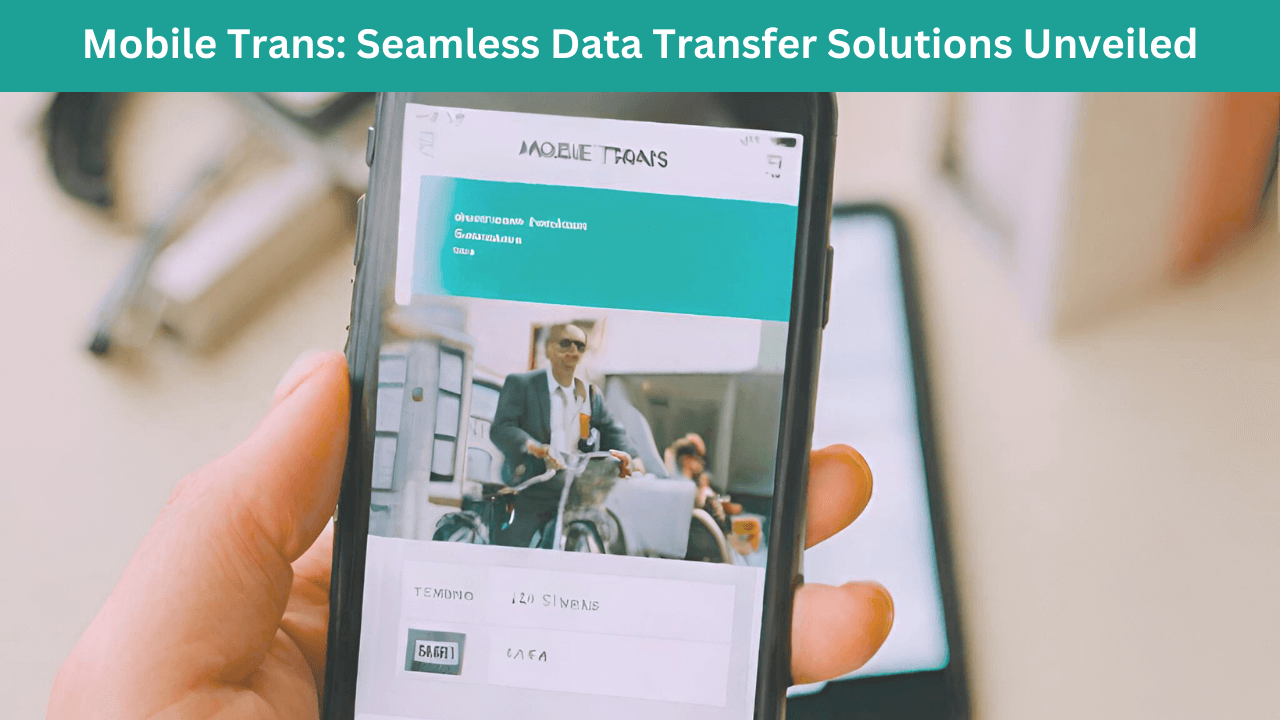XCV Panel offers an innovative solution in sustainable technology, pushing the boundaries of modern energy solutions. It uses renewable resources to generate power and is a safe, environmentally beneficial substitute for conventional energy. By properly turning sunlight into electricity, XCV Panels address energy demands while limiting the adverse impact on the environment. A greener future depends on the XCV Panel, which blends in while having a significant environmental impact.
I talked about an XCV Panel Solar System in this article. With all of its advantages & applications, you’ll receive many ideas you may implement at home.
Thus, read the blog post in its entirety right now. There will be several benefits for you.
How do XCV Panels work?
XCV Panels function by utilizing the solar power effect, which is the process of using sunlight to create energy. The solar cells used in these panels are photovoltaic, usually silicon-based. They are what collect sunlight and turn it into electrical energy. The XCV Panel’s silicon atoms are excited by sunlight, which results in the production of an electric current. Now have a choice to either utilize the current right away or save it for later after catching & turning it into electricity.
The XCV Panel undergoes a process that is analogous to turning on a light switch when sunlight strikes it. For the solar cells inside the panel to generate power, sunlight serves as a trigger. This offers you with renewable energy to run any electrical devices in your house, place of business, or other.
What is meant by the XCV Panel?
XCV Panel introduces a new method for using sunlight to generate power. Solar cells within it absorb sunlight and convert it into usable electricity. This has the goal of preventing harm to the planet, lessening our dependence on petroleum and coal, & offering a clean and sustainable energy source.
Related post: DevOps Digest: Software Delivery Promotion
Using it is a clever energy solution that uses the sun’s plentiful energy to power buildings, companies, and neighborhoods. We can help create a more sustainable future by using the XCV Panel to promote cleaner energy sources and lower carbon emissions.
Techniques for the XCV Panel
The XCV Panel uses several methods to effectively capture solar energy to turn it into electrical power.
The following are some vital techniques that are used for XCV Panel operation:
- Photovoltaic Cells: The silicon-based solar cells found in XCV Panels are semiconductor-based. In absorbing sunlight, these cells use the solar power effect to produce electricity.
- Inverter Technology: XCV Panels are equipped with inverters that change the electricity produced by the solar cells from direct current (DC) to alternating current (AC), which may power electrical networks & equipment in homes.
- Tracking Systems: Certain XCV Panels come with tracking systems that allow them to track the path of the sun during the day. As a result of this, we optimize the use of solar energy and raise the panels’ total efficiency.
- Anti-Reflective Coatings: XCV Panels may have anti-reflective coatings applied to their surfaces to maximize the absorption of sunlight. They develop the quantity of sunlight absorbed by photovoltaic panels by decreasing light reflection.
- Bifacial Technology: By using bifacial technology, certain XCV panels can collect sunlight from both their front and back surfaces. This increases the production of energy, particularly in settings with reflecting surfaces like sand or snow.
These methods enable XCV Panels to efficiently capture sunlight and support the production of sustainable power.
What benefits come with XCV Panel use?
Because of its many advantages, XCV panels are a popular option for producing sustainable energy.
The following are a few major benefits of using XCV Panels:
- Natural Energy Source: The main source of energy for XCV Panels is sunshine, an almost infinite resource. They can therefore aid in lowering reliance on limited fossil fuels as a source of clean energy.
- Dropped Carbon Emissions: XCV Panels help mitigate the negative impacts of air pollution & climate change by producing power without the need for fossil fuels.
- Cost decreases: Installing XCV Panels can result in considerable long-term power bill reductions. XCV Panels can balance or perhaps eradicate energy expenses by producing power for decades after installation with little to no maintenance required.
- Energy Unification: XCV Panels enable people, organizations, and communities to become increasingly self-sufficient in supplying the energy they require. Because of this, we depend less on erratic energy markets and centralized power systems.
- Environmental Benefits: By lowering the ecological impact associated with conventional energy sources, the usage of XCV Panels contributes to the preservation of natural habitats or ecosystems. It also saves water resources since solar energy generation uses less water than power generated from fossil fuels.
- Jobs Creation: The solar power sector enjoys job creation due to a growing need for XCV Panels, which creates jobs in manufacture, installation, or maintenance.
By utilizing these benefits, XCV Panels contribute significantly to the advancement of sustainable energy solutions and the creation of a more environmentally friendly future.
The XCV Panel’s Development & History
The history of the XCV Panel begins with the advancement & progression of solar technology. Solar panels were crude and ineffective at first, but improvements in engineering or materials produced more advanced photovoltaic cells, which in turn produced the XCV Panel that we are familiar with today. Decades of global study, innovation, and cooperation have influenced its evolution.
XCV Panels first came about in the middle of the 20th century as researchers looked at solar power options. As production, efficiency, & materials advanced, so did the production of XCV Panels, which eventually reached incredible heights.
Specialists at Bell Electronics developed the first usable solar cell in 1954, and the marketing of solar technology followed in the 1970s are significant turning points in the development of XCV Panels. During that time, the efficiency, cost, and durability of XCV Panels have significantly improved due to continued research and investment.
XCV panels power homes, companies, and utilities worldwide; today, they are a cornerstone of the renewable energy revolution. There are millions of installations worldwide. As costs come down and technology progresses, XCV Panels will have an important effect on sustainability and energy production.
Does the XCV Panel operate in every weather?
The performance of an XCV Panel is dependent on external factors and may function in a variety of climates. The XCV Panels are dependent on sunshine, they may still provide electricity on overcast days, albeit less efficiently. Extreme weather, such as persistent heavy snowfall or strong storms, might, nonetheless, momentarily interfere with their ability to function.
In comparison with brighter situations, XCV Panels may not function to their fullest potential in cloudy or just sunny regions. The latest technology allows XCV Panels to function more effectively in low light, generating power even on overcast days.
Read more: How Technology and Changing Player Preferences Affect the Gambling Industry
It’s crucial to remember that XCV panels can function effectively in cold weather as well. Some research indicates that solar panels may even become more efficient in colder climates since the lower temperatures cause the photovoltaic cells’ resistance to decrease.
Overall, XCV Panels continue to be a dependable source of renewable energy in a variety of climates, although weather conditions might have little effect on their performance.
Tips & Methods to Better the Use of XCV Panels
The effectiveness and productivity of XCV Panels in capturing solar energy may be improved through optimal utilization.
The following advice and techniques will help you make better use of XCV Panels:
- Placement: Make sure the XCV Panels are placed in regions that receive the most sunshine possible all day long, such as open spaces without any shadows or roofs facing south.
- Frequent Cleaning: To maximize energy output and minimize sunlight absorption, keep XCV Panels clear of dirt, debris, and bird droppings.
- Control & Maintenance: Keep a close eye on the functionality of the XCV Panels to identify any problems or inefficiencies as soon as possible. Carry out regular maintenance chores including cleaning panels,
- Use Tracking Systems: Think about purchasing XCV Panels with tracking systems installed, which may be used to modify the panel’s angle to follow the sun’s movement during the day. This can maximize solar exposure and greatly enhance energy output.
- Battery Storage: Include battery storage devices to store extra power produced by XCV panels for use at a later time, particularly in the event of low sunshine or excessive energy use.
- Energy-Efficient Appliances: To optimize solar energy savings & lower total power use, pair XCV Panels with energy-efficient appliances and lights.
Users may optimize the effectiveness and advantages of XCV Panels for renewable energy generation by putting these pointers and techniques into practice.
Final Thought:
XCV Panel suggests more than simply a technical promotion; it also reflects our shared commitment to a sustainable future. It provides a practical response to the problems of climate change and energy sustainability by utilizing solar radiation to create clean electricity. We are getting closer to creating a future in which conservation & technical advancement coexist, guaranteeing a better day for future generations, as we continue to adopt renewable energy technologies like XCV Panel.




